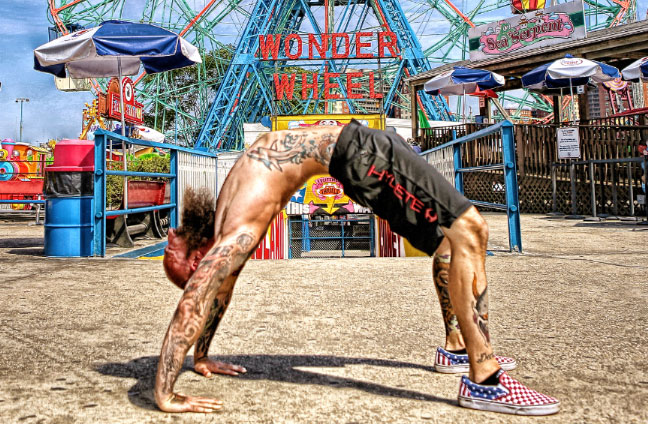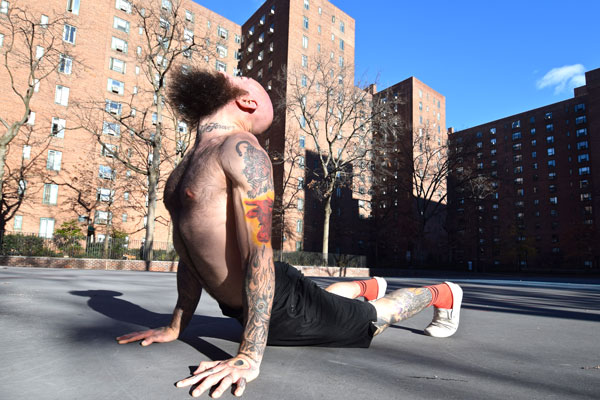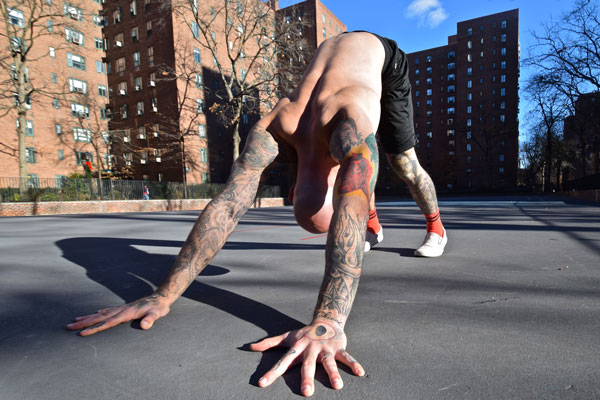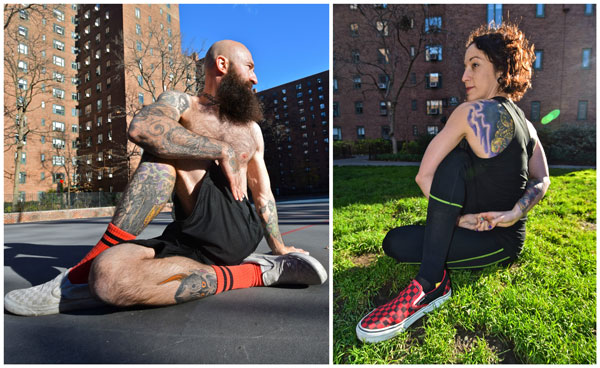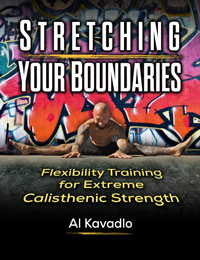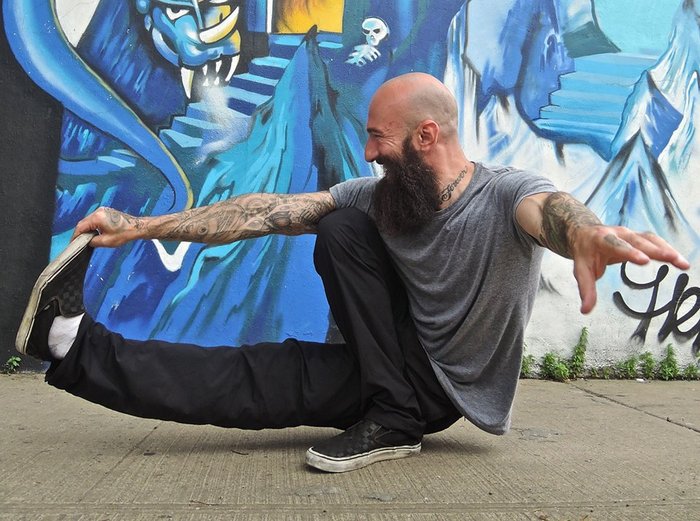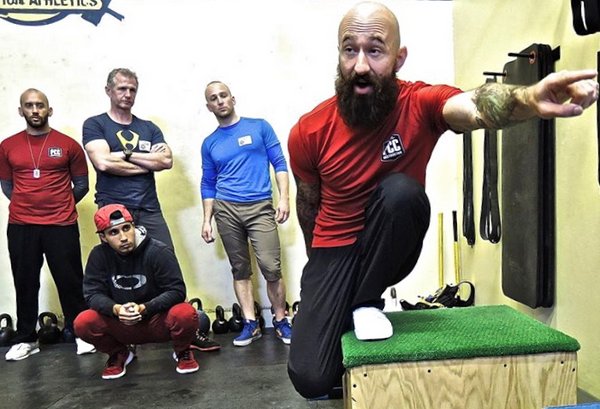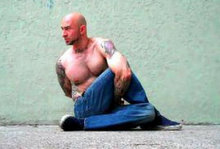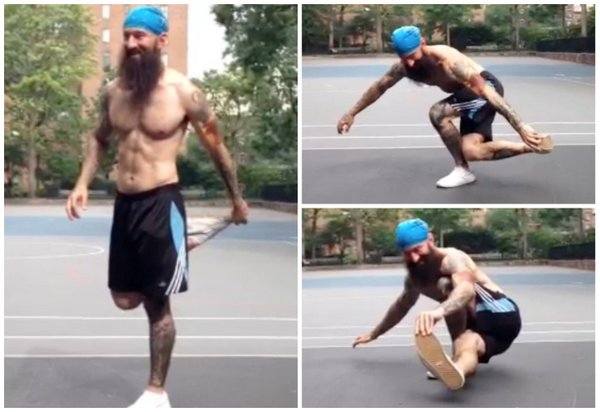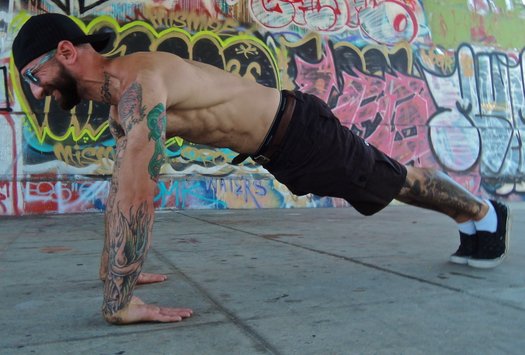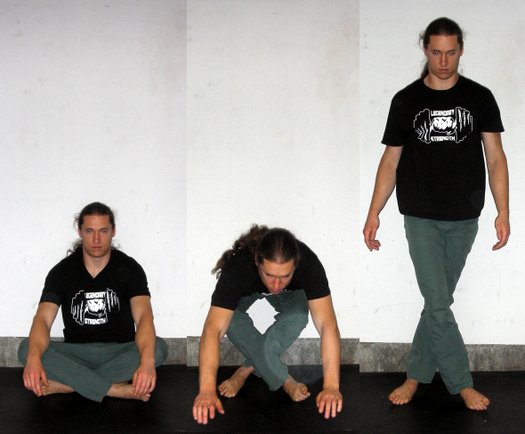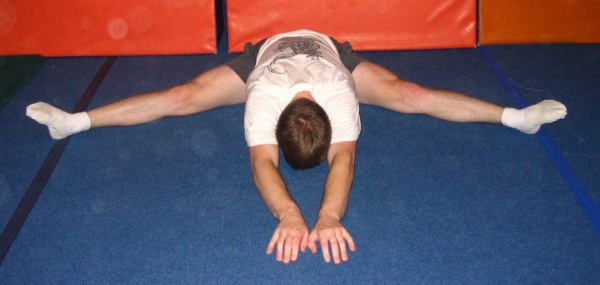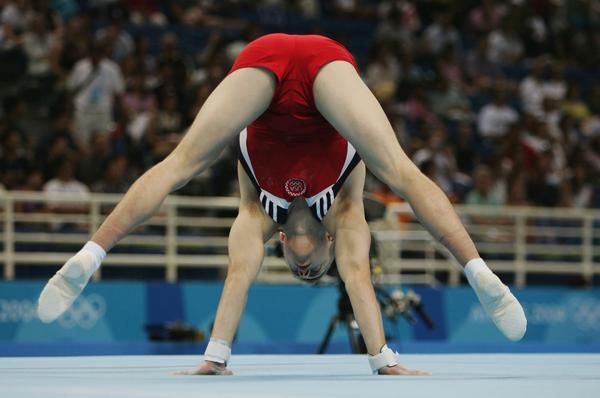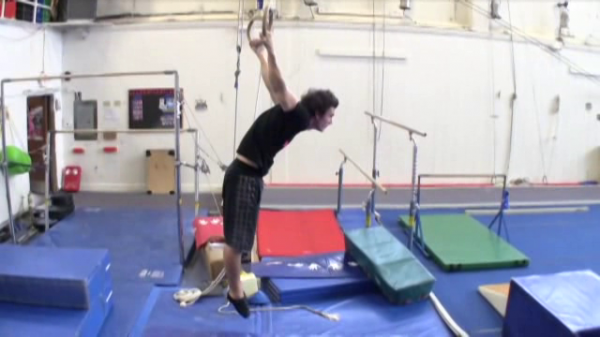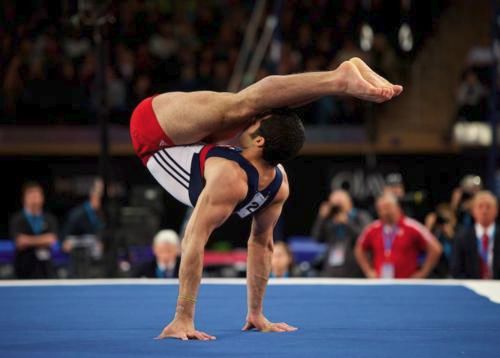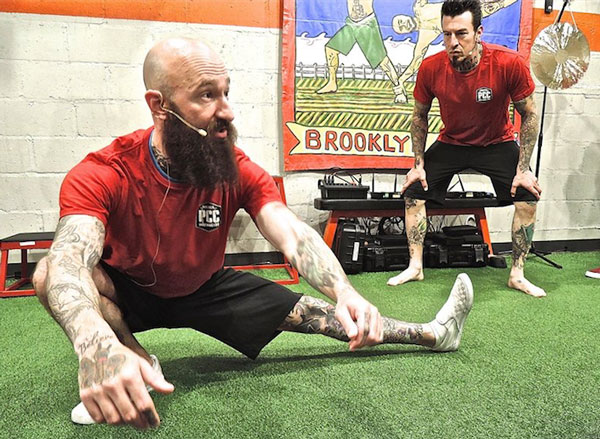
Keeping things simple, yet effective is something that I’ve personally struggled with at times. Every so often, I find myself imagining the solution to a problem has to be complex in order to provide the result I desire. I’m also often reminded that said solution to said problem is staring me in the face, I simply don’t realize it right way.
Back in June of this year, I had the privilege to meet and work with Al and Danny Kavadlo at the Progressive Calisthenics Certification. Over the course of the weekend, we did one-to-two hour modules on each movement taught in the course. It was during the squat workshop when I approached Al with a question regarding ankle flexibility as it pertains to the squat–specifically the airborne or hover lunge variation. “Al,” I said. “When you are working with someone who may have an ankle that is stiff or impinging, do you have any specific go-to drills to help develop flexibility in that joint to make the squat feel more symmetrical?”
His response, so simple as it was, annoyed me at the time. To be honest, I expected more than, “Give the squeaky wheel some grease.” With Al’s trademark grin, smiling eyes, and a pat on the back, he walked away as I reflected upon his words.
“Give the squeaky wheel some grease,” I thought, silently grumbling to myself. “That was not the answer I was anticipating, nor looking for!”

You see, when I asked that question, I was specifically asking it in reference to an old soccer injury of my own that left my right ankle feeling very bound up, and occasionally painful compared to the other side. I’d utilized various joint self-mobilizations in the past, yet nothing had really helped the ankle improve permanently. As a point of reference, by the time I attended the PCC in June, I was capable of performing full depth pistol squats and hover lunges for reps on either side, but they were rather sloppy on the right leg, due to my mobility limitations.
When I returned home from the course, Al’s words stayed with me. Even though I was skeptical, I trusted that maybe there was more to what Al said than I’d initially thought. I decided to put his words to the test. I dedicated myself to working on my hover lunges daily, focusing on “pulling” myself into the movement using my hip flexors and shin muscles. Gradually, I began to notice that I was more easily able to place the knee of my rear leg closer to the heel of my front foot on the descent of the hover lunge. Although the depth of my hover lunge had not increased, the amount of articulation my ankle was forced to go through in order to complete the rep was increasing steadily.
Al’s words were ringing true, all to my surprise, pleasure, and chagrin! The answer was in front of me all along, but it took a guy named Al six short words of wisdom to help me realize what I needed to do: Practice the move more often, and with a sharp focus on improving specific qualities within that movement, no longer worrying about reps and sets.
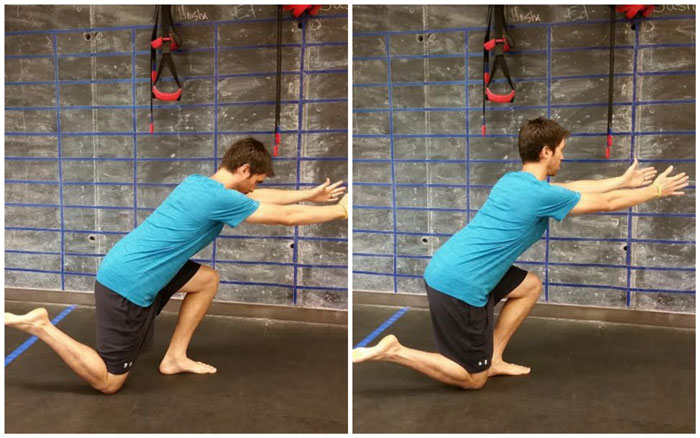
It is now early September. I’ve practiced the hover lunge daily for 6 weeks now. Not only has my ankle improved its flexibility, but it has ceased hurting. I’ve progressed from a regular hover lunge to placing first one hand behind my back, and eventually a second hand behind my back while performing them. This has forced the muscles in my hips, thighs, and shins to contract more forcefully in order to keep stable and complete the rep. I’ve also practiced doing a “dragon” variation of the hover lunge with zero, one, and two hands behind my back, as well as an elevated dragon pistol squat. I was capable of none of these feats prior to attending the PCC.
Throughout this learning process, Al’s simple words have continued to resonate with me. I’ve since applied this principle of consistent practice to other movements I’ve been stuck with and have found it to be equally as effective. I’ve “greased the groove” before, but only with the intent to improve the strength of a movement, never to improve the perceived quality of it. It has been the most liberating six weeks of strength training I’ve had since, well, ever! Letting the process unfold before me has been such a joy, and I encourage everyone to approach their own training with this same mindful pursuit. This is truly why calisthenics is so unique, beautiful, and playful all at once.
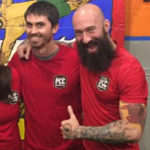 At the end of the day, my goal is to become the best version of myself possible, and to help further others in their own journeys. My hope is that you might take notice of this post and give your own squeaky wheels some grease. Because let’s be honest, we’ve all got them! And don’t forget to keep it simple.
At the end of the day, my goal is to become the best version of myself possible, and to help further others in their own journeys. My hope is that you might take notice of this post and give your own squeaky wheels some grease. Because let’s be honest, we’ve all got them! And don’t forget to keep it simple.
Thanks, Al, you son of a gun!
****
Bret Hamilton is the head coach and co-owner of Constant Forward Progress-Bodyweight and Kettlebell Training. He and his wife Megan live and train near Portland, OR. When Bret isn’t working with clients in the gym, he loves to jump on the trampoline, play pickleball, read a great book, and relax to video game now and then. You can learn more about Bret and CFP at www.constantforwardprogress.com.
